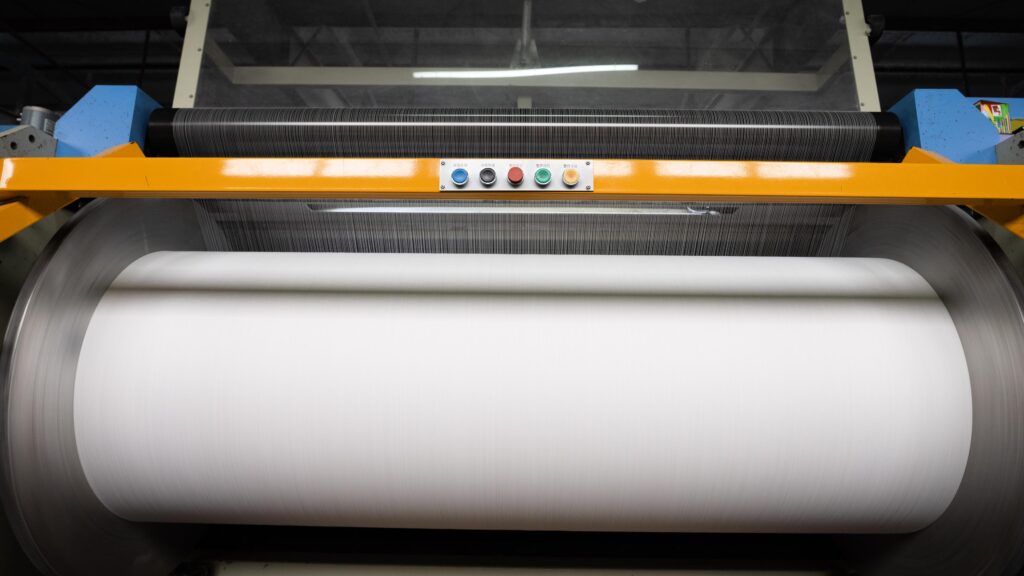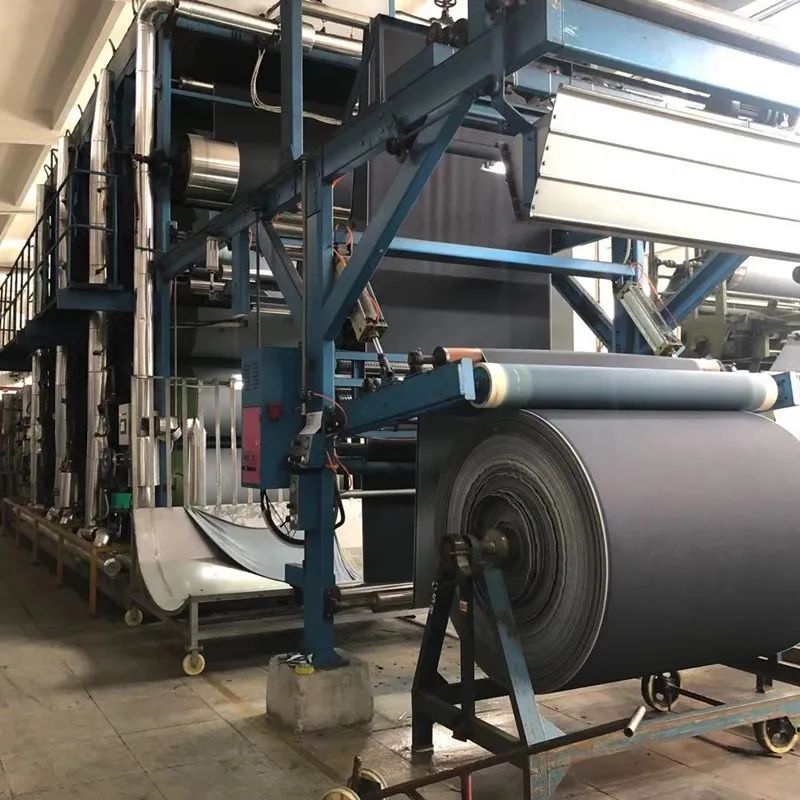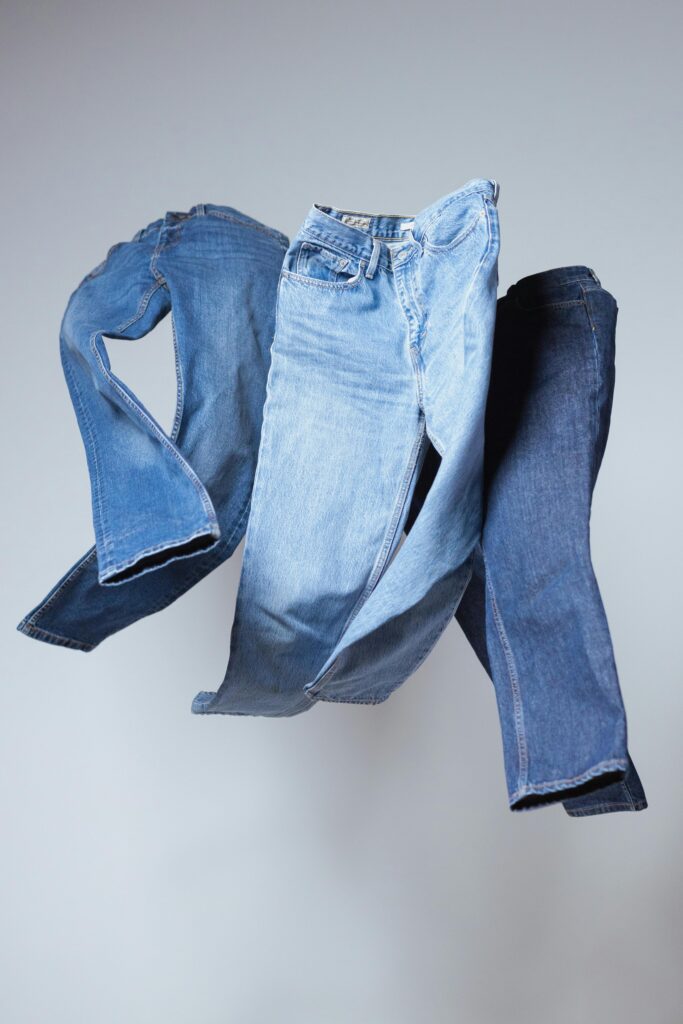عملية تصنيع قماش الدنيم: من المادة الخام إلى المنتج النهائي

الوقت المقدر للقراءة: ~5 دقائق
مقدمة عن إنتاج قماش الدنيم
إنتاج قماش الدنيم تصنع واحدة من أكثر المنسوجات شهرة في العالم، وتشتهر بصناعتها متانةالراحة، والجاذبية الخالدة. من ملابس العمل المتينة إلى القطع الأساسية الراقية، ينبع سحر الدنيم الفريد من عملية دقيقة تُحوّل القطن الخام إلى ملابس أنيقة. يستكشف هذا الدليل المراحل الخمس الرئيسية لـ إنتاج قماش الدنيماختيار القطن، الغزل والصباغة، النسيج، المعالجة اللاحقة، والتشطيب النهائي - يكشف كيف تُسهم كل خطوة في إرث الدنيم الخالد. سواءً كنتَ مصممًا أو شغوفًا، فإن فهم هذه العملية يكشف أسرار تنوع الدنيم.
اختيار المواد الخام
اختيار القطن عالي الجودة
الأساس إنتاج قماش الدنيم يكمن في الاختيار قطن عالي الجودة. القطن طويل التيلة يُفضل بسبب أليافه الأطول، والتي تخلق نسجًا أكثر سلاسة وإحكامًا، مما يعزز ملمس القماش و متانة. وفق دليل أقمشة LYDenimيضمن القطن الفاخر متانة وراحة فائقة. تختار العديد من العلامات التجارية القطن العضوي لتقليل الأثر البيئي، والتوافق مع الممارسات المستدامة مع الحفاظ على الجودة.

القطن

غزل
الغزل والصباغة
صنع الدنيم النيلي
تعمل عملية الصباغة على تحديد المظهر الأيقوني للدنيم. صباغة النيلي يُعطي الدنيم لونه الأزرق المميز، ويتم الحصول عليه عن طريق صبغ الخيوط بدلاً من القماش المنسوج. تُغزل ألياف القطن في غزل، ثم غمرها في حمامات النيلي. هذه الطريقة، كما هو مذكور في دليل نسج LYDenimيُنتج سطحًا أغمق بألياف داخلية أفتح، مما يسمح بتلاشي اللون الطبيعي بمرور الوقت. والنتيجة هي عمق الدنيم وتعدد استخداماته المميز، مما يجعله مثاليًا لجماليات فريدة ومتينة.

التحضير للصباغة

الصباغة
النسيج
هيكل التويل الكلاسيكي
يأتي الملمس المميز للدنيم من نسج مائلحيث تتشابك خيوط السدى (العمودية) الأقل مع خيوط اللحمة (الأفقية) الأكثر، مكونةً خطوطًا قطرية. هذا الهيكل، المفصل في دليل نسج LYDenim، يعزز متانة والمرونة مع إعطاء الدنيم مظهره المميز. 3/1 مائل يعتبر معيارًا، حيث يوازن بين القوة والانسيابية، مما يجعله مثاليًا للجينز والسترات.

النسيج
ما بعد العلاج
التنعيم والتصفيف
بعد النسج، يخضع الدنيم بعد العلاج لتحقيق المظهر والشكل المطلوبين. عمليات مثل غسل، التنظيف بالفرشاة والتبييض يجعل القماش أكثر نعومة ويعزز امتصاص الرطوبة الخصائص. غسل الحجر التقنية الموضحة في دليل انكماش LYDenimيستخدم أحجار الخفاف لخلق مظهر عتيق باهت طبيعي، مما يعزز الراحة والأناقة. هذه المعالجات تحوّل الجينز الخشن إلى نسيج ناعم وسهل الارتداء.

ما بعد العلاج
التشطيب
صناعة الملابس الجينز
المرحلة النهائية من إنتاج قماش الدنيم يتضمن تشطيب الملابسيقوم المصممون بقص وخياطة الدنيم في جينزالسترات والتنانير وغيرها، مع إضافة تفاصيل مثل المسامير أو الخياطة لتتماشى مع اتجاهات الموضة. تمزج هذه الخطوة بين الحرفية والإبداع، مما يضمن تلبية الدنيم لتفضيلات المستهلك من حيث الأناقة والعملية، كما هو موضح في دليل أقمشة LYDenim.

الملابس
خاتمة
إنتاج قماش الدنيم هو مزيج من التقاليد والابتكار، والتحول قطن عالي الجودة إلى نسيج متعدد الاستخدامات ومتين. من صباغة النيلي ل نسج مائل و غسل الحجارةكل خطوة تُضفي سحرًا مميزًا على الدنيم. فهم هذه العملية يُمكّن المصممين والمستهلكين من تقدير جاذبية الدنيم الخالدة. لمزيد من المعلومات، اطلع على أدلتنا حول نصائح العناية بالدنيم أو دليل تصميم المنسوجات.
خدمات التخصيص من LYDENIM
🎨 أريد أقمشة الدنيم المخصصة أو فريد ملابس جينز مخصصةتتخصص شركة LYDENIM في تقديم الحلول المصممة خصيصًا لتلبية احتياجات التصميم والإنتاج الخاصة بك.
🛍️ استكشف واستلهم:تصفح اختيارات الأقمشة لدينا واكتشف أفكار التصميم على لي دينيم.
🌐 الملابس المرنة:تحقق من عروضنا على ماي علي بابا. 📩 اتصل بنا:تواصل معنا على مالون@lydenim.com.
اصنع تحفة الدنيم الخاصة بك مع LYDENIM - شريكك الموثوق به قماش مطاطي و حلول الدنيم المخصصة.
